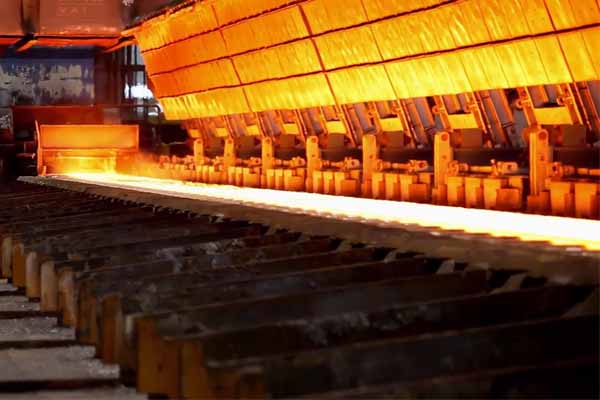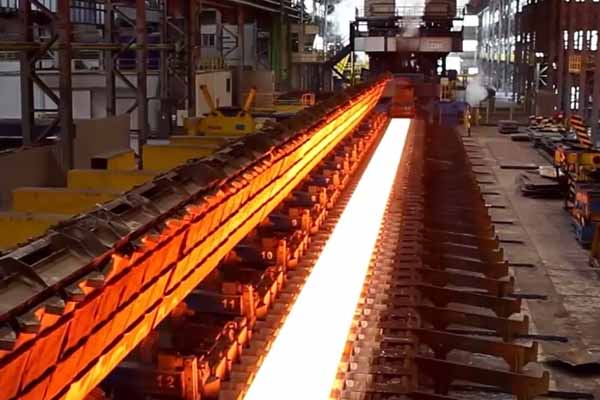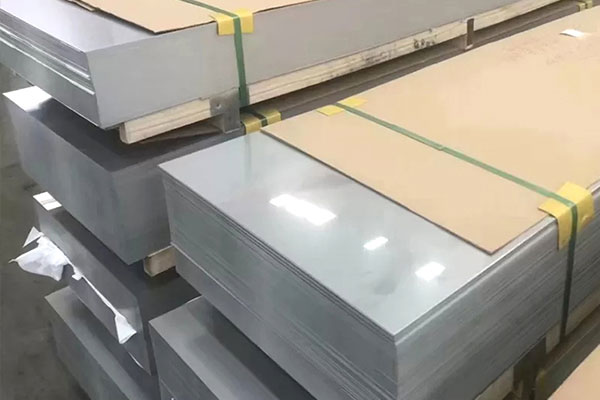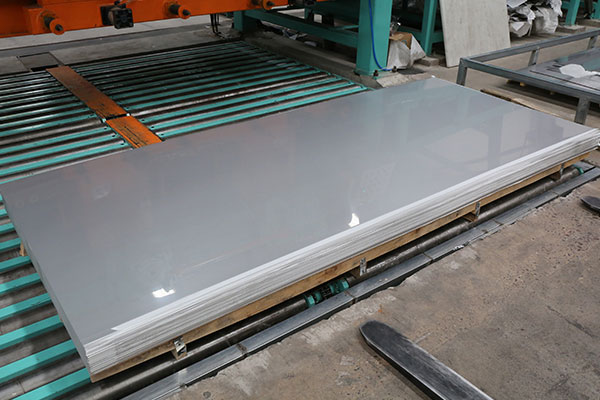The allure of 309 stainless steel plate lies in its robust high-temperature oxidation resistance and cost-effectiveness, making it a go-to material for furnace components, heat exchangers, and transition joints in petrochemical plants. Yet, beneath its industrial promise lurks a silent threat—sigma phase embrittlement—a phenomenon that has shattered budgets and timelines in projects where welding is involved. This embrittlement, often overlooked during material selection, manifests as catastrophic brittle fractures in welded joints, turning what should be a routine fabrication process into a multi-million-dollar liability. The question isn’t whether sigma phase will form, but how to outsmart its insidious effects before they rewrite an engineer’s cost-benefit calculations.
Sigma phase, a hard and brittle intermetallic compound rich in chromium and iron, emerges when 309 stainless steel lingers in the 600–900°C temperature range during welding or post-weld heat treatment. Unlike corrosion or fatigue failures, which announce their presence through gradual degradation, sigma phase operates covertly. It nucleates along grain boundaries in the heat-affected zone (HAZ), stealthily converting ductile austenite into a crack-prone microstructure. The consequences surface abruptly: a pressure vessel seam splitting during a thermal cycle, or a radiant tube fracturing under routine operational stress. Studies reveal that sigma phase can slash impact toughness by 80%, rendering the material as brittle as cast iron. In one documented refinery incident, a sigma-embrittled 309 weld in a pyrolysis furnace failed after just 18 months of service, triggering a 30-day shutdown and $4.2 million in losses. Such cases expose the true “hidden cost”—not merely the price of the steel plate, but the exponential risk embedded in its microstructural instability.
The welding process itself acts as an unwitting accomplice to sigma phase formation. High heat input methods like submerged arc welding (SAW) or uncontrolled multi-pass gas metal arc welding (GMAW) create extended dwell times in the critical temperature window. Each successive weld pass reheats the HAZ, effectively incubating sigma phase nuclei. Even seemingly minor choices, such as using oversized electrodes or skipping interpass temperature controls, can push the material into the danger zone. Metallographic analyses of failed welds often reveal sigma phase concentrations exceeding 5% volume fraction—a threshold where ductility plummets. Compounding the issue, the high chromium content of 309 stainless plate (22–24% Cr), while excellent for oxidation resistance, provides ample feedstock for sigma phase formation. This cruel irony forces engineers to balance the alloy’s primary strength against its latent vulnerability.
Breaking this cycle demands a dual-front strategy: metallurgical foresight and precision process control. Material selection forms the first line of defense. Opting for 309S—the low-carbon variant—reduces carbide precipitation, indirectly suppressing sigma phase by limiting chromium depletion at grain boundaries. For critical applications, modern stabilized grades with niobium or titanium additions offer enhanced resistance, as these elements form stable carbides that tie up chromium. On the fabrication floor, advanced welding techniques like pulsed gas tungsten arc welding (GTAW-P) minimize heat input, while real-time temperature monitoring systems ensure interpass temperatures stay below 150°C. Post-weld cooling rate acceleration, achieved through localized nitrogen jet cooling, can bypass the sigma phase formation window entirely. Emerging solutions like laser-arc hybrid welding have demonstrated remarkable success, shrinking the HAZ width by 60% and sigma phase content to negligible levels in trials.
Industry case studies validate these approaches. In a 2023 retrofit of a ethylene cracker, replacing conventional 309 with 309S and implementing pulsed GTAW reduced weld-related sigma phase incidents by 92%. The project reported a 40% drop in unplanned maintenance costs over two years. Conversely, a cautionary tale emerged from a nuclear auxiliary system contractor who ignored interpass temperature protocols; their 309 ss plate welds developed visible sigma-induced cracks within six months, necessitating full system replacement. These extremes underscore a universal truth: preventing sigma phase embrittlement isn’t about revolutionary technology, but disciplined application of known principles.
Looking ahead, the battle against sigma phase is entering a predictive era. Machine learning models trained on decades of welding metadata now forecast sigma phase risk scores for specific joint configurations, while in-situ electron microscopy allows engineers to observe phase transformations during welding. Additive manufacturing techniques, though still nascent for 309 stainless steel, promise to bypass traditional welding altogether through monolithic construction. Yet, until these innovations mature, the industry’s safest path remains a marriage of material science and procedural rigor—a reminder that in high-stakes engineering, the true cost of a material is measured not in dollars per ton, but in the foresight applied during its installation.
 English
English Русский
Русский







